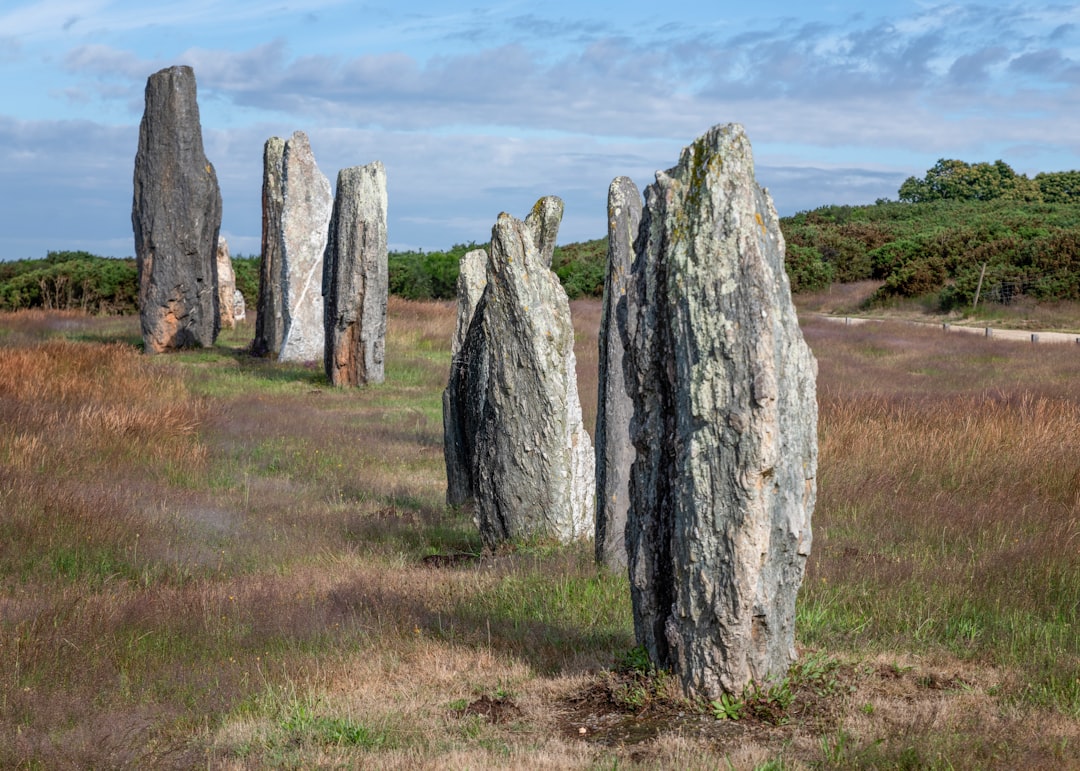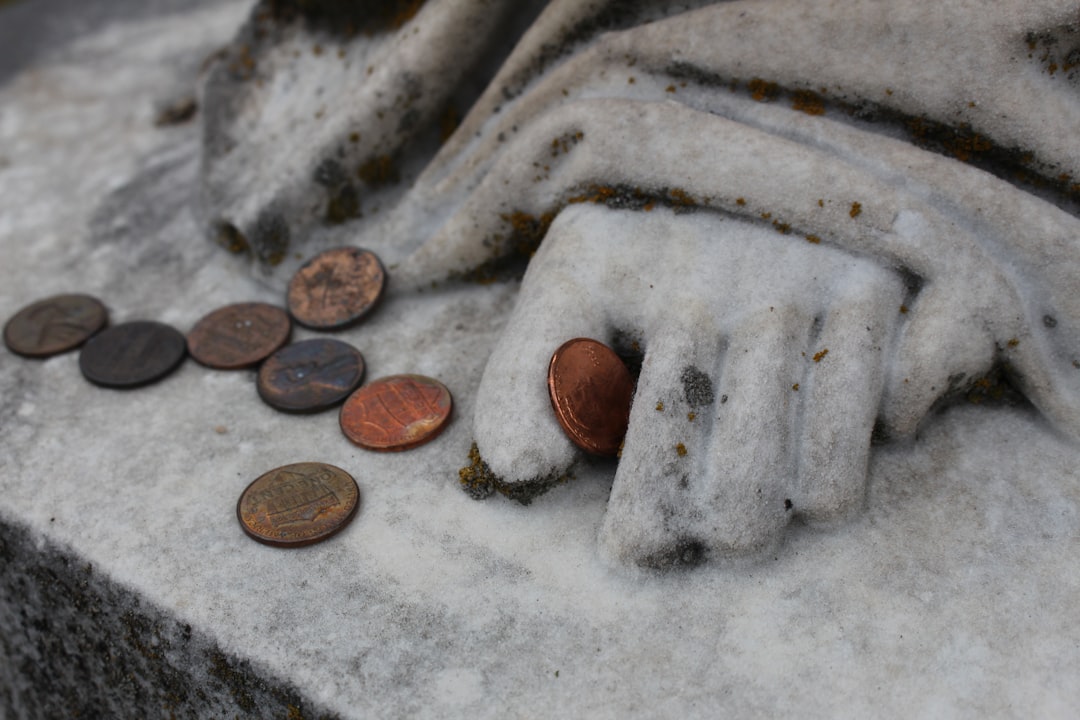What is it about?
The newly discovered Anglo-Saxon stone sculpture is described. Its value in understanding the location of both the pre-Viking moanstery of Louth and the foundatuion of the town of Louth in the 10th century is considered. It is concluded that the newly-discovered cross represents the original market cross of a town founded by the Bishops of Lindsey, as part of their campaign to re-establish their ecclesiastical authority following the disruption of the diocese during the Viking incursions.
Featured Image
Why is it important?
This paper describes important new information relating to the Danelaw of the mid-tenth century. It proposes dates and modus opperandi for the organisiation of the diocese of Lindsey both before and after the Viking incursions
Read the Original
This page is a summary of: ‘The Cros in the Markitte Stede’. The Louth Cross, its Monastery and its Town, Medieval Archaeology, July 2017, Taylor & Francis,
DOI: 10.1080/00766097.2017.1375127.
You can read the full text:
Contributors
The following have contributed to this page










